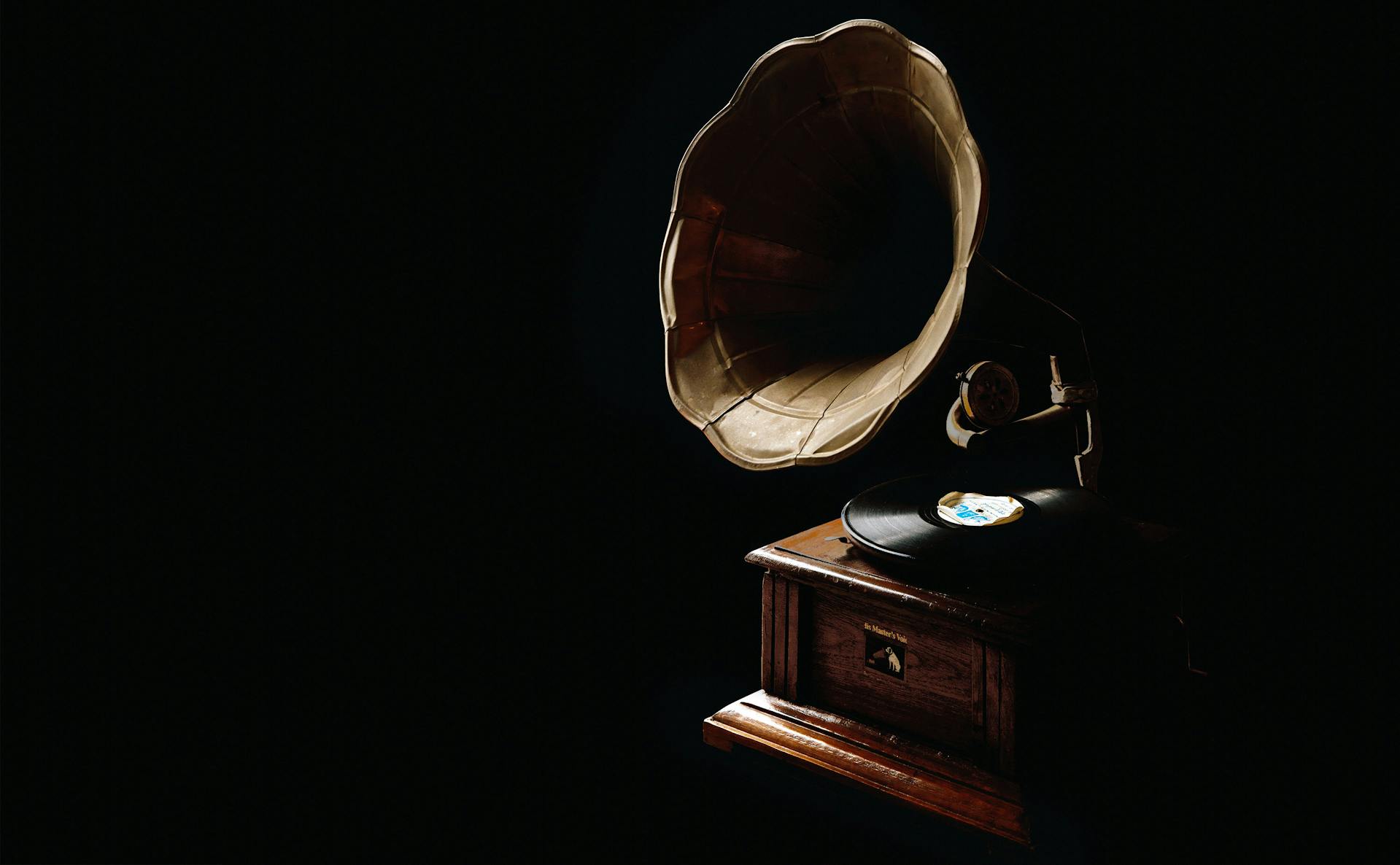How to Write Sweeping Arpeggios • Music Theory from Daft Punk "Motherboard"
Description
How to Write
Sweeping Arpeggios.
Free PDF Tutorial
includes multitrack MIDI file
If the link above does not work, paste this into your browser:
https://hackmusictheory.com/album/2639559/sweeping-arpeggios
Intro.
Do your arpeggios all sound rather similar? It’s a common problem for producers.
Arpeggios are when you play a chord one note at a time, and it’s one of the best techniques for making your progressions more interesting. And while it’s definitely more rare to hear arpeggios than “block” chords in popular music genres, most of the arpeggios you do hear are rather boring. Merely playing chords one note at a time is not a foolproof way of making progressions more creative. If you want better arpeggios, you need to write an internal melody within them. Want even better arpeggios? Write two internal melodies, or maybe even three!
What are we talking about when we talk about “internal melodies”? Well, the melodies need to be formed from notes within the arpeggios, as opposed to writing a melody over the top of them. There’s obviously nothing wrong with doing that, but it will be heard as a separate melody, not as part of the arpeggios.
While there’s an abundance of genius examples of this in classical music, there are sadly not many to be found in popular music genres. If you’re into the rock side of things, Muse has plenty of creative arpeggios. Examples are even rarer on the electronic side of things, though, but Daft Punk comes to the rescue with their song “Motherboard” (check out their new “Drumless Edition” of this song, as it’s easier to hear the arpeggios). At 28 seconds into this track, the most beautiful arpeggios begin to sweep up and down. Despite their fast pace (i.e. 1/16 notes), they’re thoroughly calming due to their smooth, sweeping motion. And it’s not just the fast pace that makes their arpeggios so creative, it’s also their choice of notes.
So, inspired by “Motherboard”, here’s our 5-step method for writing sweeping arpeggios, which are guaranteed to stand out from all those boring, clichéd arpeggios. But first… Tea!
Step 1. Chords
As arpeggios are simply broken up chords, the first step is to write a chord progression. So, set your tempo to 103 BPM, then create a four-bar loop and set your grid to 1/16 notes.
Daft Punk play their arpeggios on woodwind instruments, but we’ll get to that in the last step. For now, we actually recommend using a piano, for two reasons. Firstly, piano arpeggios are beautiful, so if you want, you can keep them on a piano sound (we did). Secondly, the piano has a much bigger range than any woodwind instrument, so you won’t be held back by not being able to play a note because it’s too high/low for that instrument.
Daft Punk’s arpeggios are in the key of E minor, so we’ll use it too:
E natural minor
1 | 2 | ♭3 | 4 | 5 | ♭6 | ♭7 |
Em | F♯dim | Gmaj | Am | Bm | Cmaj | Dmaj |
Regarding what chords to choose. This PDF is all about arpeggios, so we’re not going to cover the “chord choice” topic. If you need help with writing better chord progressions, we recommend our Songwriting & Producing Course.
The only three guidelines we suggest are to choose four chords, avoid the diminished chord, and play the root chord somewhere (you don’t have to start with it, though). Here are the chords we chose for our progression:
Cmaj → Gmaj → Dmaj → Em
After you’ve chosen your four chords, draw in each chord’s root note for one bar.
Root note of each chord in progression
Step 2. Low
Just a heads up, those long root notes are just there for reference, they’re not going to be part of your final arpeggios (you’ll mute them in the last step). Having the root notes there while writing arpeggios is a super helpful hack, because it allows you to hear the interval/harmony between each note in your arpeggio and the root of that chord. This way you can hear if each note is conveying the right emotion.
<p dir="ltr" style="text-align:
























